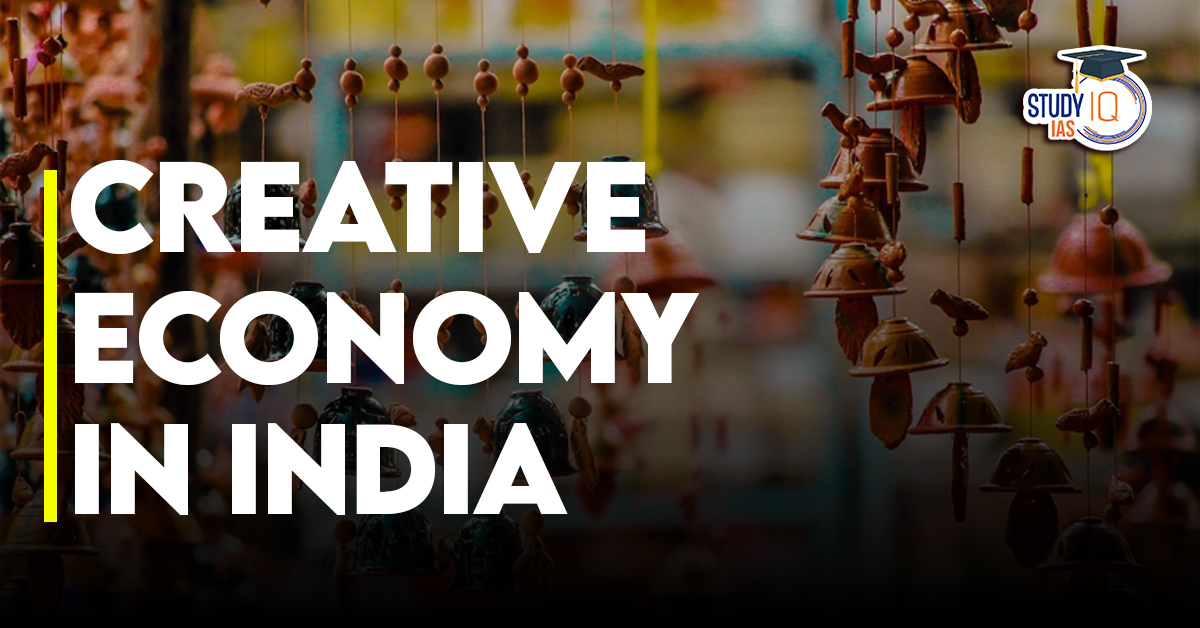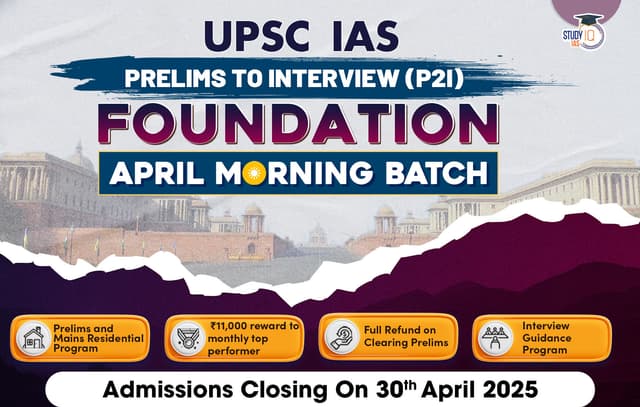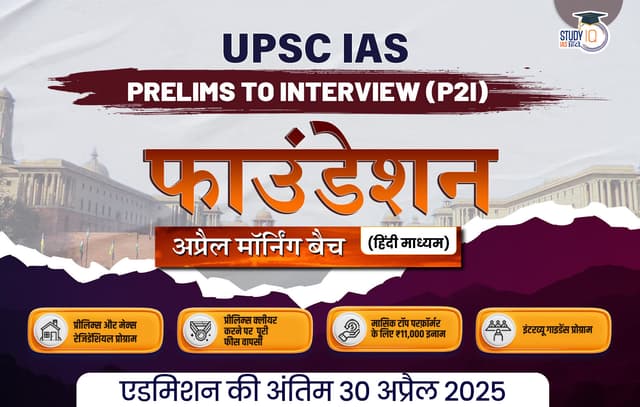Table of Contents
Context: As India strives to become a $5 trillion economy, it must revamp its innovation strategy, fostering creativity across all levels.
Current Situation of Creative Economy in India
- Economic Value: As of 2024, India’s creative economy is valued at $30 billion. It provides employment to about 8% of the total workforce, which includes sectors like media, design, crafts, and digital services.
- Export Contribution: In 2019, India exported around $121 billion worth of creative goods and services — $100 billion of this came from services like software design, IT, and digital media.
- Growth Trend: In 2024 alone, India’s creative exports grew by 20%, earning over $11 billion, indicating steady global demand.
- Dominant Segments: The design sector makes up the bulk of India’s creative goods exports (87.5%), while traditional arts and crafts contribute about 9%.
- Creative Economy Outlook 2024: According to the United Nations Trade and Development (UNCTAD) report on the creative economy, three sectors are the main contributors of the creative economy (2022): software services (41.3%), research and development (30.7%), advertising, market research and architecture (15.5%).
Check here: World Creativity and Innovation Day
Concerns Related to Creativity and Innovation in India
- Gap Between Creativity and Innovation: India has many creative individuals and ideas, especially in rural areas, but most ideas don’t turn into useful products or businesses. This is due to a lack of funding, mentorship, or platforms for growth.
- Limited Investment at Local Level: While urban tech sectors get significant investments (e.g., climate tech got $2.85 billion in 2023), grassroots innovations receive very little financial support.
- Weak Intellectual Property (IP) Support: Many local creators don’t have access to affordable or simple IP protection, like patents or design registrations, making it easier for their ideas to be copied.
- No Unified Policy: India currently does not have a comprehensive national policy to guide or support the creative economy. Different sectors work in silos without coordination.
- Urban-Rural Imbalance: Creative sectors in cities benefit from digital tools and funding. But rural sectors, like handicrafts or traditional skills, are underfunded and declining.
New Pathways for Strengthening India’s Creative Economy
- One District One Innovation (ODOI): Inspired by the ODOP (One District One Product) model, every district can identify and promote a unique innovation, whether it is in design, technology, or cultural products.
- Scale-Up Grassroots Innovations: Invest in scaling grassroots creative ideas like the Mitticool refrigerator, amphibious bicycle, or pedal washing machines.
- Grassroots Innovations Augmentation Network (GIAN) have resulted in popularising hundreds of grassroots creative ideas.
- Reform IP System for Informal Sector: Create simplified, low-cost IP registration processes for small-scale inventors and traditional artists to protect their innovations and earn from them.
- Dedicated Creative Economy Policy: Develop an integrated national policy that brings together ministries related to culture, MSMEs, education, and technology under one framework for better coordination.
- Encourage Nature-Inspired Design (Biomimicry): Take lessons from natural structures to solve real-world problems, like Indonesia’s Antrodam Project, which used ant nest designs to manage floods.
- Public-Private Investment Platforms: Launch dedicated investment funds that focus on creative start-ups, rural innovation, and sustainable product design. Encourage CSR funding to support local creators.
| The Antrodam Project (Indonesia) |
|


 Minors Bank Account above 10 Years: Chan...
Minors Bank Account above 10 Years: Chan...
 Food Adulteration in India: Definition, ...
Food Adulteration in India: Definition, ...
 Sunrise Sectors in India, Key Characteri...
Sunrise Sectors in India, Key Characteri...





















